![]()
Kyocera is vastly expanding their product lineup with the Shop Sink 3530. The perfect addition to your copiers, fax machines, and laser printers.
About a year and a half ago and with objections from the editorial staff, we did a Top 10 hacking fails in movies and TV post. The number one fail is, “Stupid crime shows like NCIS, CSI, and Bones.” A new show on CBS just topped this list. It’s named Scorpion, and wow. Dropping a Cat5 cable from an airplane doing an almost-touch-and-go because something is wrong with the computers in the tower. Four million adults age 18-49 watched this.
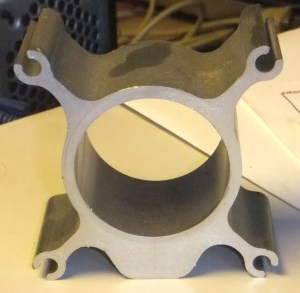 [Derek] found something that really looks like the Hackaday logo in a spacer of some kind. It’s been sitting on his shelf for a few months, and is only now sending it in. He picked it up in a pile of scrap metal, and he (and we) really have no idea what this thing is. Any guesses?
[Derek] found something that really looks like the Hackaday logo in a spacer of some kind. It’s been sitting on his shelf for a few months, and is only now sending it in. He picked it up in a pile of scrap metal, and he (and we) really have no idea what this thing is. Any guesses?
[Sheldon] has a teardown of a vintage voltage and current standard. Just look at those hand drawn traces on a single sided board. Beautiful.
[Art] has another, ‘what is this thing’. He has two of them, and he’s pretty sure it’s some sort of differential, but other than that he’s got nothing. The only real clue is that [Art] lives near a harbor on the N. Cali coast. Maybe from a navigation system, or a governor from a weird diesel?
So you have a Kinect sitting on a shelf somewhere. That’s fine, we completely understand that. Here’s something: freeze yourself in carbonite. Yeah, it turns out having a depth sensor is exactly what you need to make a carbonite copy of yourself.






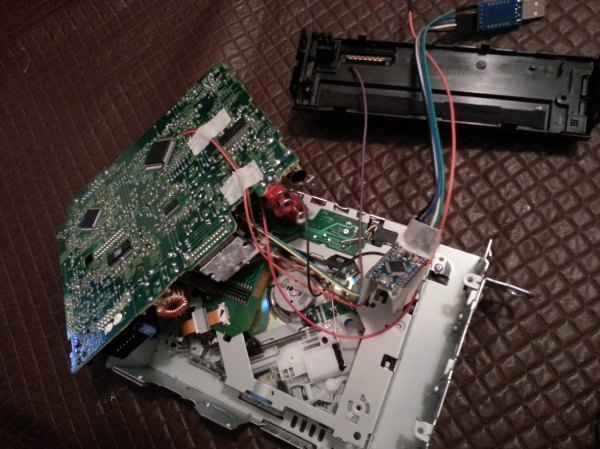
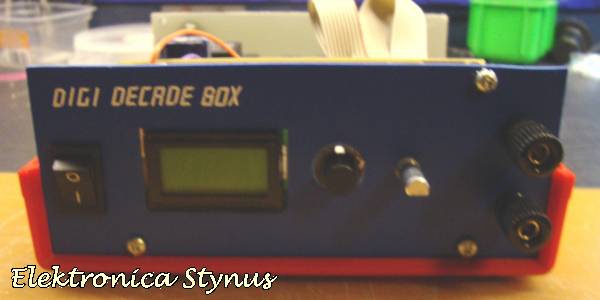

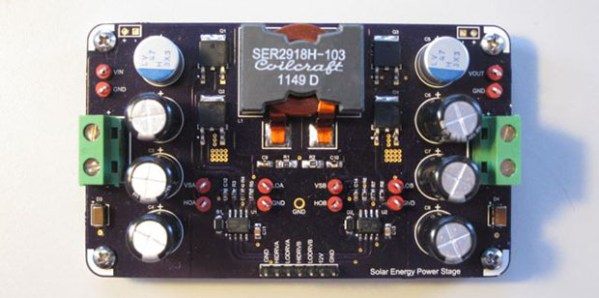
 The project featured in this post is
The project featured in this post is 
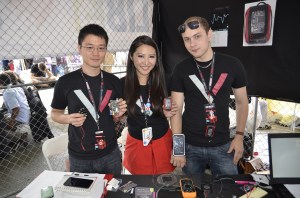 [Tom] told us that the team is currently redesigning their hardware. The next generation prototype board with more protection can be seen in the far right of the top photo. He also mentioned that they’re shooting for 5 digits of accuracy, placing them on par with many bench scopes. We’re skeptical to say the least about 5 digits, but the team is definitely putting their all into this product. We’ll wait until the Kickstarter backers start getting their final devices to see if Voltset is everything it’s cracked up to be.
[Tom] told us that the team is currently redesigning their hardware. The next generation prototype board with more protection can be seen in the far right of the top photo. He also mentioned that they’re shooting for 5 digits of accuracy, placing them on par with many bench scopes. We’re skeptical to say the least about 5 digits, but the team is definitely putting their all into this product. We’ll wait until the Kickstarter backers start getting their final devices to see if Voltset is everything it’s cracked up to be.








